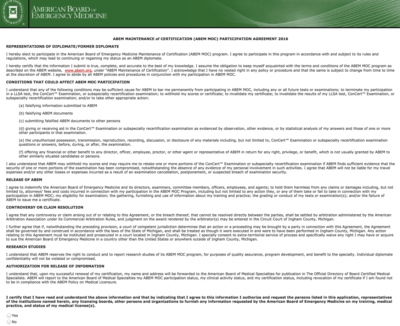A nice editorial today in the Fort Worth Star Telegram, which I’ll talk about below. This does make me have to reconsider the basic Fort Worth newsreaders’ approach to the Star-Telegram: believe the news reporting as it’s very good, and always go 180 degrees away from the editorials.
Trauma ahead at emergency rooms
By Steve Jacob
Star-Telegram Staff Writer
A hospital’s emergency room is like a swelling river that carries whatever water its tributaries dump into it. As each tributary’s flow increases, the river bears the burden until the riverbanks eventually flood.
…
Texas’ population grew 18.5 percent while ER visits increased more than 30 percent in 1997-2005, according to a Texas Hospital Association survey. Because hospital beds grew just 4.3 percent during that period, ER hallways increasingly serve as bullpens for patients waiting for a vacancy elsewhere in the facility.
…
In 2003, the Texas Legislature started an ingenuous effort to help our trauma centers by creating a new sin tax called the Driver Responsibility Program (DRP). Drivers cited for various violations are required to pay surcharges on their fines, including those for such things as failure to maintain insurance or driving with an invalid license. The biggest hit is $1,000 for the first DWI conviction and $1,500 for the second. The money is intended to be split evenly between trauma centers and the state’s highway funds.The tax makes sense. The No. 1 cause of trauma is traffic accidents, with the cost of care averaging about $50,000 per patient. Texas has consistently led the nation in DWIs and alcohol-related crashes and is among the top three states in traffic deaths.
Unfortunately, the state is having trouble collecting the DRP funds. According to a Department of Public Safety report, less than a third of the $478.4 million generated by the program has been collected. The Senate recently passed legislation authorizing the use of collection agencies and creation of an installment-payment program to boost penalty recovery.
More significantly, the Legislature has not released $82 million in DRP funds for the past two fiscal years, consistent with the state government’s misguided tradition of diverting or withholding designated funds.
The House Appropriations Committee passed an amendment in March fully funding trauma centers to the tune of $98 million annually for the next two years, but it remains to be seen whether the appropriation survives the House-Senate conference committee legislative cement mixer in the session’s final hours.
…
The good news is that there is a growing awakening of the ED crisis, the bad news is that the fixes cost money. A lot of money.
Oh, and I like the river analogy, it’s better than the one we use internally.





it’s better than the one we use internally.
Heh… and a good deal cleaner than the one we use internally.
wow, Harris Methodist is a Level II? Yall might want to move up to Level I to get in on any funding, sounds like yall already do Level 1 work.
I thought John Peter Smith lost their trauma rating and Harris went level I?
I think this is an ingenious idea, and may start to help ease the burden everyone is feeling. Is the money (if and when it is released), designated only for EDs though? I was at the ACEP Advocacy Conference a couple of weeks ago and research is showing that the biggest factor in ED overcrowding is ED boarding. While there are some temporary fixes to that (boarding in ward hallways, observation units, etc), eventually we will run out of those beds as well. One of these days, we’re going to have to increase inpatient capacity as well.